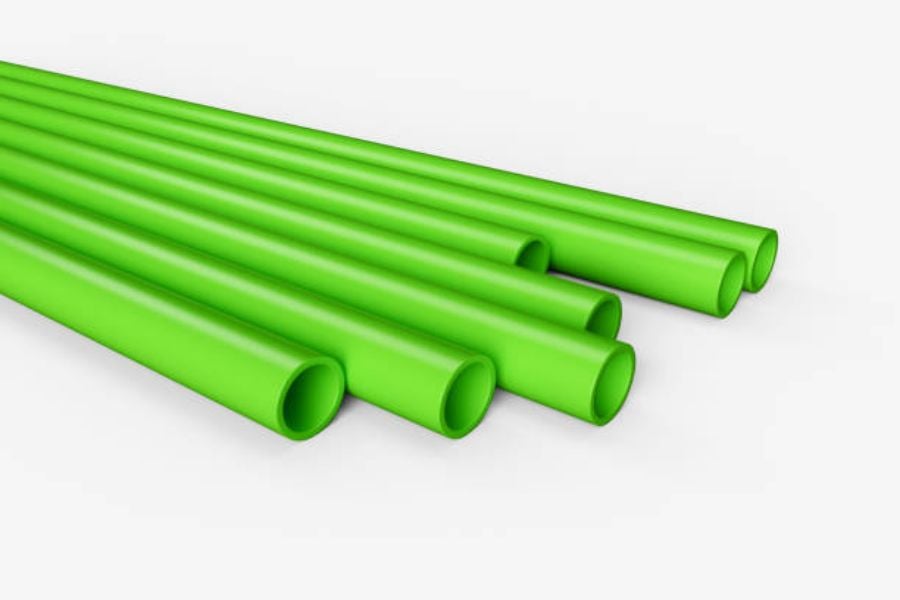Introduction
When it comes to home or building plumbing, two common materials used are
pvc and ppr pipes. Both materials offer unique benefits and limitations depending on the situation. In this article, we will explore the differences between PVC and PPR pipes and their respective pros and cons.
What is PVC?
PVC, or polyvinyl chloride, is a plastic polymer material commonly used for plumbing pipes due to its durability, affordable cost, and resistance to chemical corrosion. It comes in various sizes, lengths, and thicknesses depending on the specific purpose.
What is PPR?
PPR, or polypropylene random copolymer, is a newer plastic material that is increasingly popular for plumbing. It is highly resistant to heat and chemical corrosion, making it ideal for hot water applications. It is also eco-friendly and long-lasting.
PVC vs. PPR: Strength and Durability
In terms of strength and durability, PVC pipes are strong and can handle high water pressure. However, they are more susceptible to cracking and breaking over time, especially in areas with significant temperature changes. PPR pipes are more resilient and can better handle temperature extremes and internal pressure.
PVC vs. PPR: Chemical Resistance
Both PVC and PPR pipes are resistant to most chemicals. However, PVC pipes are more vulnerable to chemical corrosion over time and can become brittle and crack. PPR pipes, on the other hand, are highly resistant to chemical corrosion and can last for many years without issue.
PVC vs. PPR: Installation
PVC pipes are relatively easy to install, as they come in various lengths and sizes and can be connected through a variety of methods, including glue and compression fittings. PPR pipes require specialized equipment and technology, making installation more time-consuming and costly.
PVC vs. PPR: Cost
In general, PVC pipes are cheaper than PPR pipes, both in terms of materials cost and installation cost. PVC pipes can be found in most hardware stores for a reasonable price, making them a more accessible option.
PVC vs. PPR: Maintenance
Both PVC and PPR pipes require minimal maintenance. PVC pipes require occasional cleaning and inspection to prevent clogs and potential leaks. PPR pipes require little to no maintenance, as they are highly resistant to wear and tear.
PVC vs. PPR: Eco-Friendliness
PPR pipes are considered more eco-friendly than PVC pipes due to their low-carbon footprint and recyclability. PVC pipes can release harmful chemicals during manufacturing and disposal, making them less desirable for environmentally conscious individuals and buildings.
Conclusion
In conclusion, both PVC and PPR pipes have their unique benefits and limitations depending on the situation. PVC pipes are strong, affordable, and easy to install, while PPR pipes offer better heat and chemical resistance and are more eco-friendly. Ultimately, the right choice depends on the specific plumbing needs of your home or building.
Quote Inquiry
Contact Us

